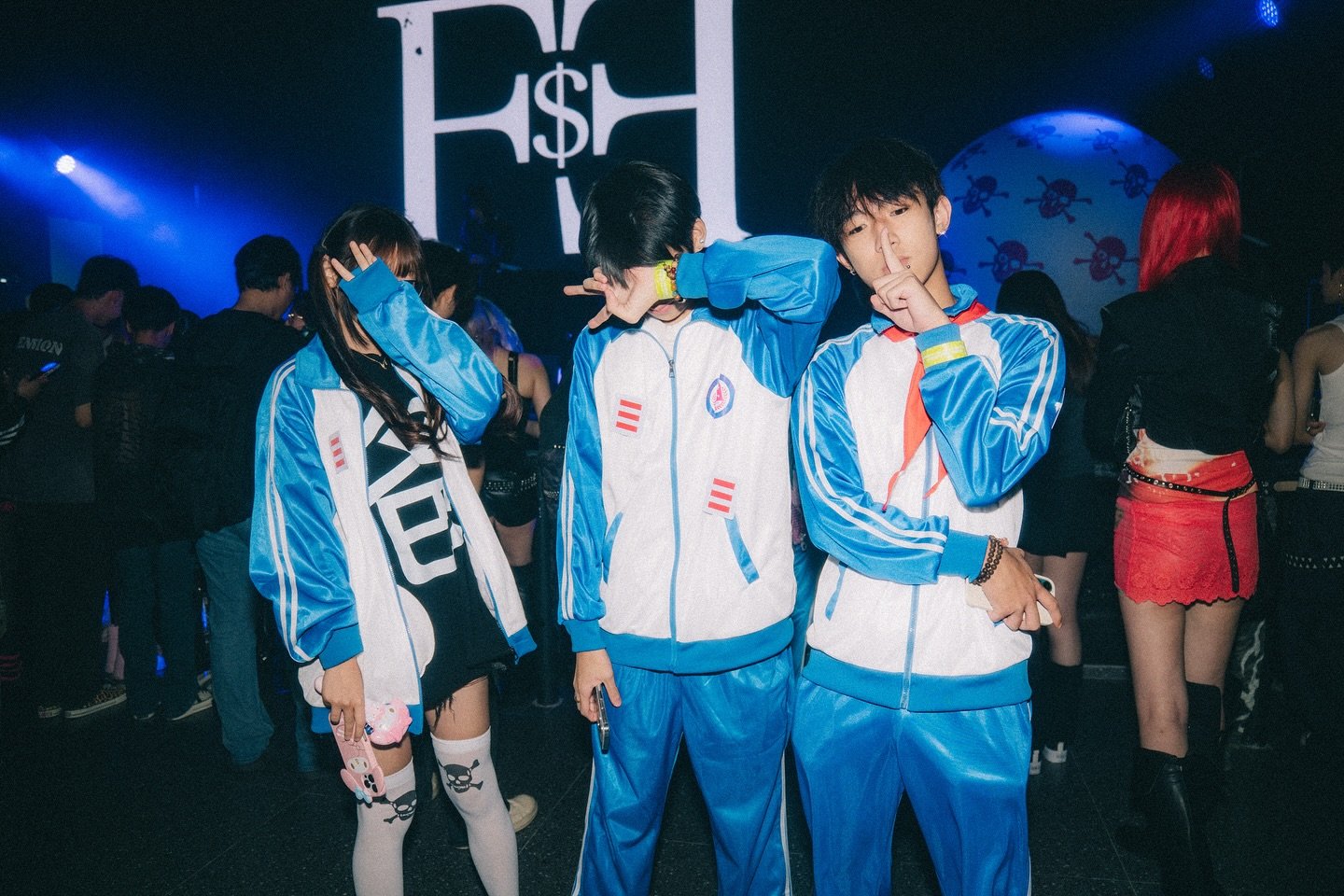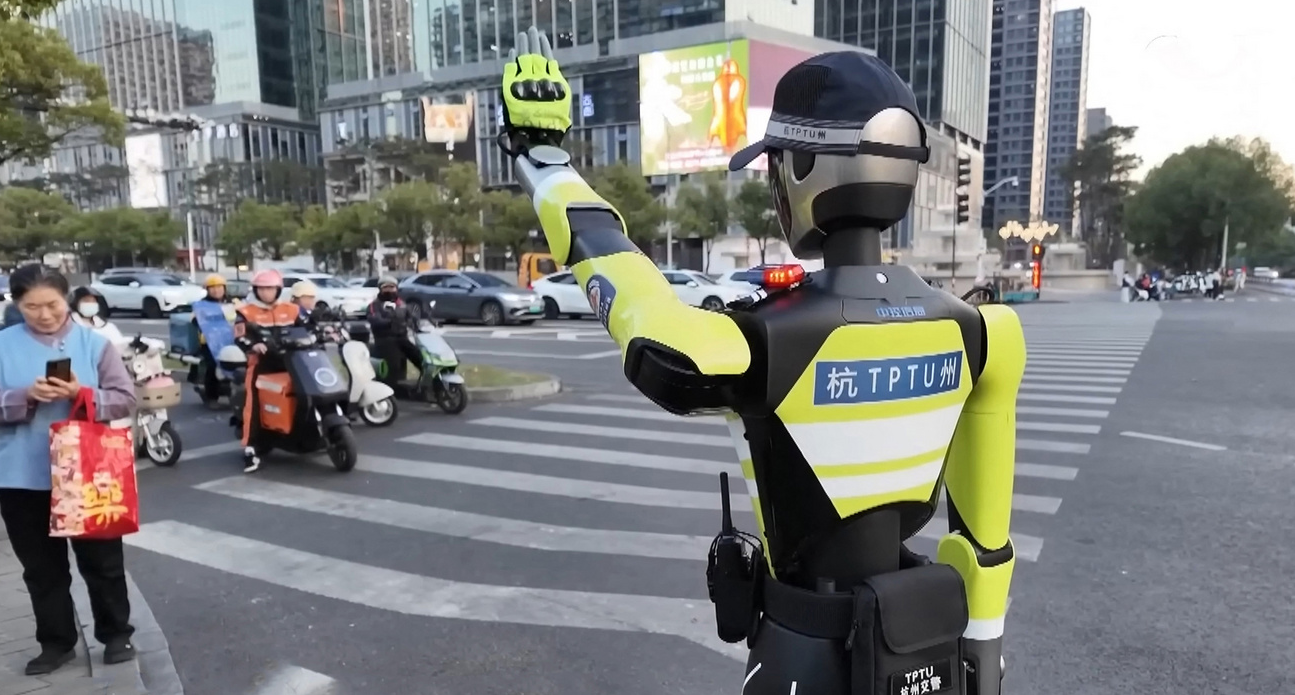The highly-anticipated Barbie movie has landed itself in troubled waters before even hitting theaters.
The Warner Bros. film, directed by Greta Gerwig and starring Margot Robbie and Ryan Gosling as the iconic Barbie and Ken, will be released on July 21st. Online, fans are excited about the movie’s vibrant aesthetic and catchy soundtrack, which features popular artists like Dua Lipa, Ice Spice, Ava Max, Dominic Fike, Gayle, and more.
Not all is sunny and bright though — the film’s trailer inadvertently stirred controversy over its perceived depiction of the ‘nine-dash line,’ a focal point of territorial disputes in the South China Sea. Now, Barbie has been banned wholesale in Vietnam.
“We do not grant license for the American movie Barbie to release in Vietnam because it contains the offending image of the nine-dash line,” said the head of the Department of Cinema, the governing body that licenses foreign films.
The trailer features a map of the fictional Barbie Land, which displays the city surrounded by pink clouds in the shape of a heart. The second map, created with childish, crayon-like scribbles, is meant to represent the ‘real’ world as we know it. A dashed line juts out into the map’s ocean along the shore of what would be China, which many have taken as a depiction of China’s claim to the area.
Some Chinese netizens were quick to compliment the film for its perceived representation.
“Have a clear position and never give in,” writes one user.
“Violation of our territorial sovereignty will never be ignored,” reads another comment.
Warner Bros. did not appear to view the situation with the same die-hard fervor.
”The map in Barbie Land is a child-like crayon drawing,” said a representative. “The doodles depict Barbie’s make-believe journey from Barbie Land to the ‘real world.’ It was not intended to make any type of statement.”
The origins of the nine-dash line can be traced back to the late 1940s, when China released a post-World War II map featuring a U-shaped line. It originally had 11 dashes, but in the 1950s, two of those dashes were taken away. This was a concession generally accepted by historians to the neighboring communist government of North Vietnam.
This U-shaped zone encompasses more than 80% of the South China Sea. Everything within that zone, including islands, has been claimed by the Chinese government under the pretext of “historical rights.” However, many other Southeast Asian nations, like Vietnam and the Philippines, also claim parts of this area.
One thing’s for sure — it’s not the first time that international media has run into trouble when it comes to China and geopolitical representation.
Cover image via Warner Bros.

















